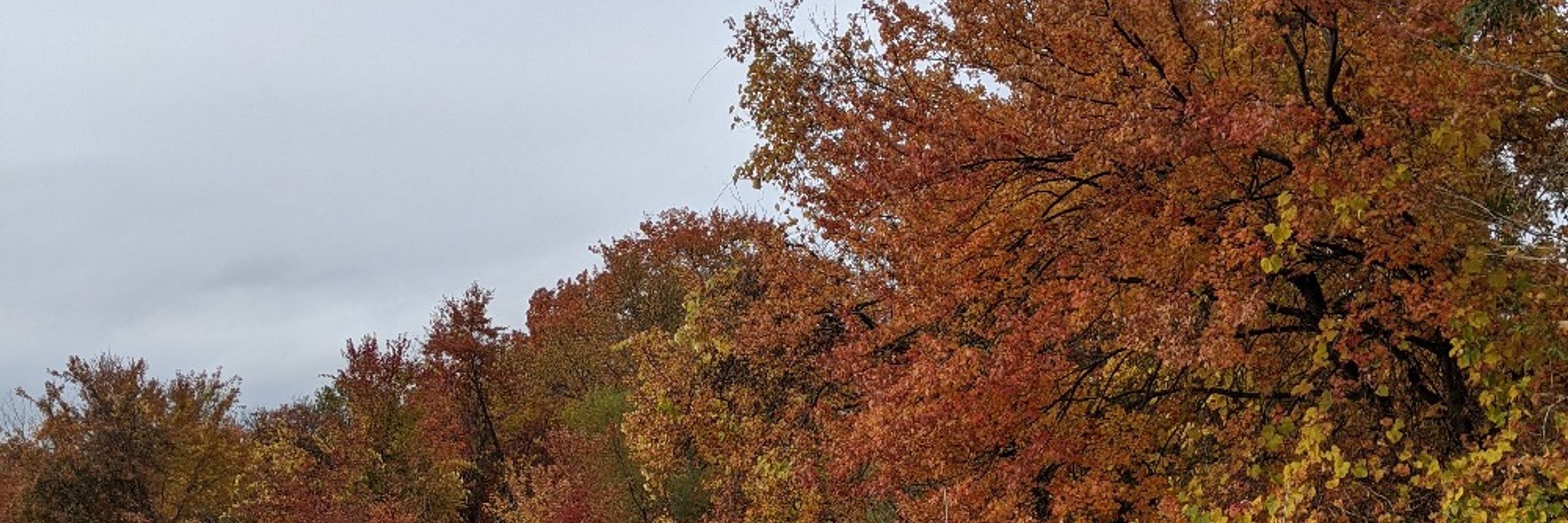
See thread for more information and reach out!
See thread for more information and reach out!
About 15,000 pairwise interactions within S. epidermidis from 18 people in 6 families reveal the antagonism and molecular trade-offs that shape the skin microbiota @contaminatedsci.bsky.social @mancusosci.bsky.social #MicrobiomeSky
www.nature.com/articles/s41...
read here: rdcu.be/et7VP

About 15,000 pairwise interactions within S. epidermidis from 18 people in 6 families reveal the antagonism and molecular trade-offs that shape the skin microbiota @contaminatedsci.bsky.social @mancusosci.bsky.social #MicrobiomeSky
www.nature.com/articles/s41...
read here: rdcu.be/et7VP
www.biorxiv.org/content/10.1...

www.biorxiv.org/content/10.1...
We show there is no close relative of Cutibacterium on the faces of gorillas and chimps at the Lincoln Park Zoo, furthering the mysterious origin of the dominant human skin colonizer.
journals.asm.org/doi/10.1128/...
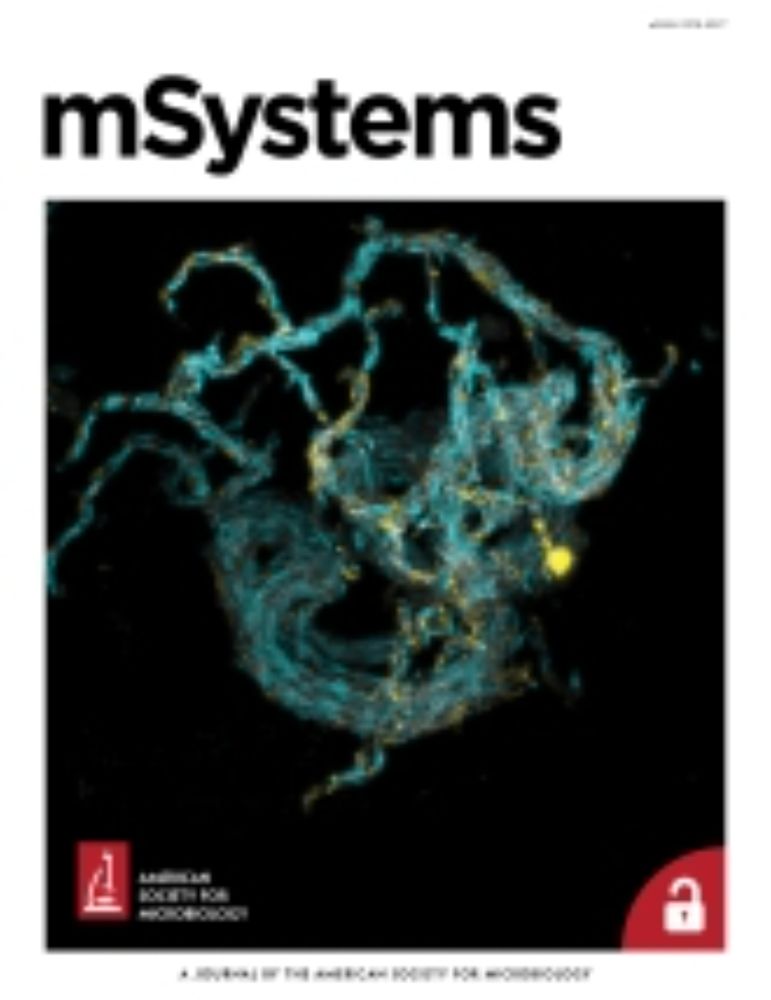
We show there is no close relative of Cutibacterium on the faces of gorillas and chimps at the Lincoln Park Zoo, furthering the mysterious origin of the dominant human skin colonizer.
journals.asm.org/doi/10.1128/...
https://go.nature.com/4aYn9Me

https://go.nature.com/4aYn9Me
www.biorxiv.org/content/10.1...
This work was done with my great coauthors and my amazing advisor @contaminatedsci.bsky.social
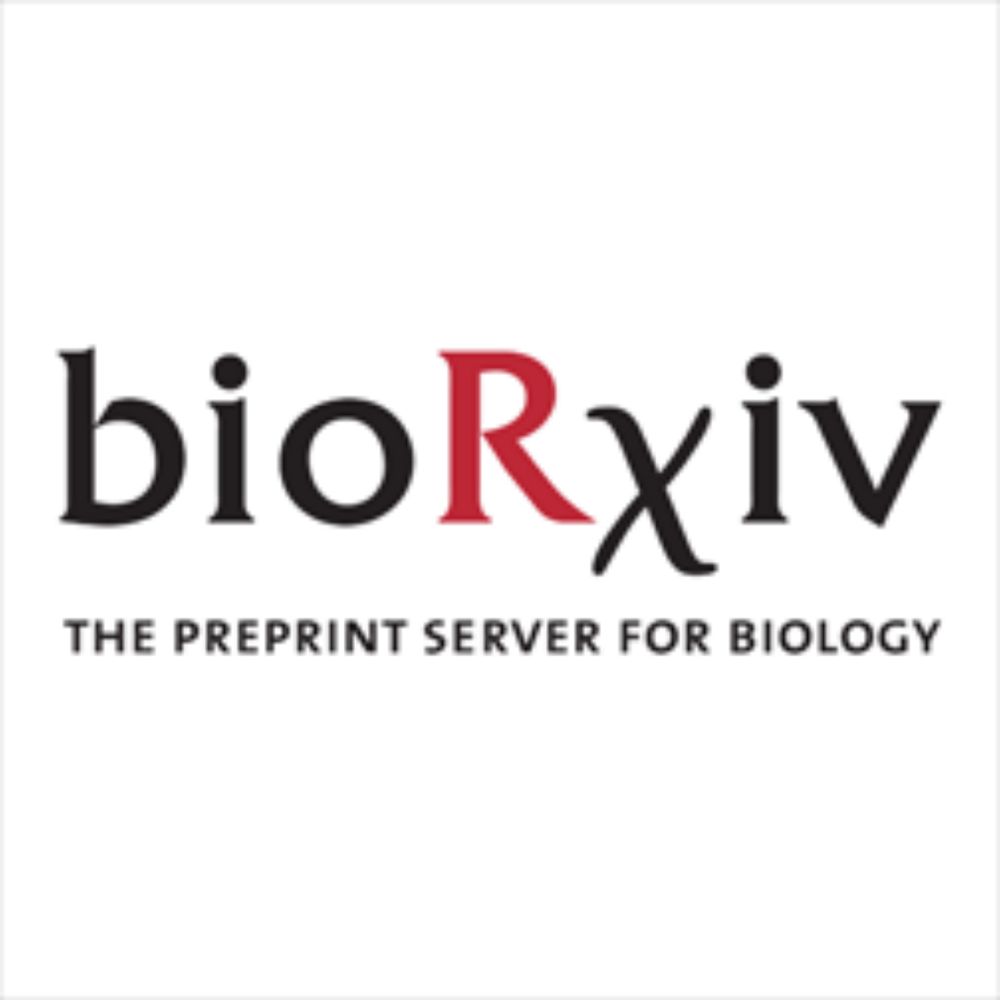
www.biorxiv.org/content/10.1...
This work was done with my great coauthors and my amazing advisor @contaminatedsci.bsky.social
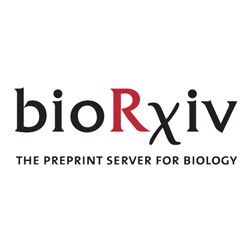
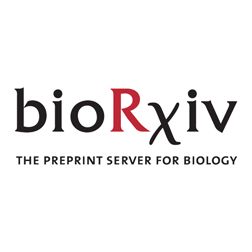
blog.addgene.org/binning-sing...
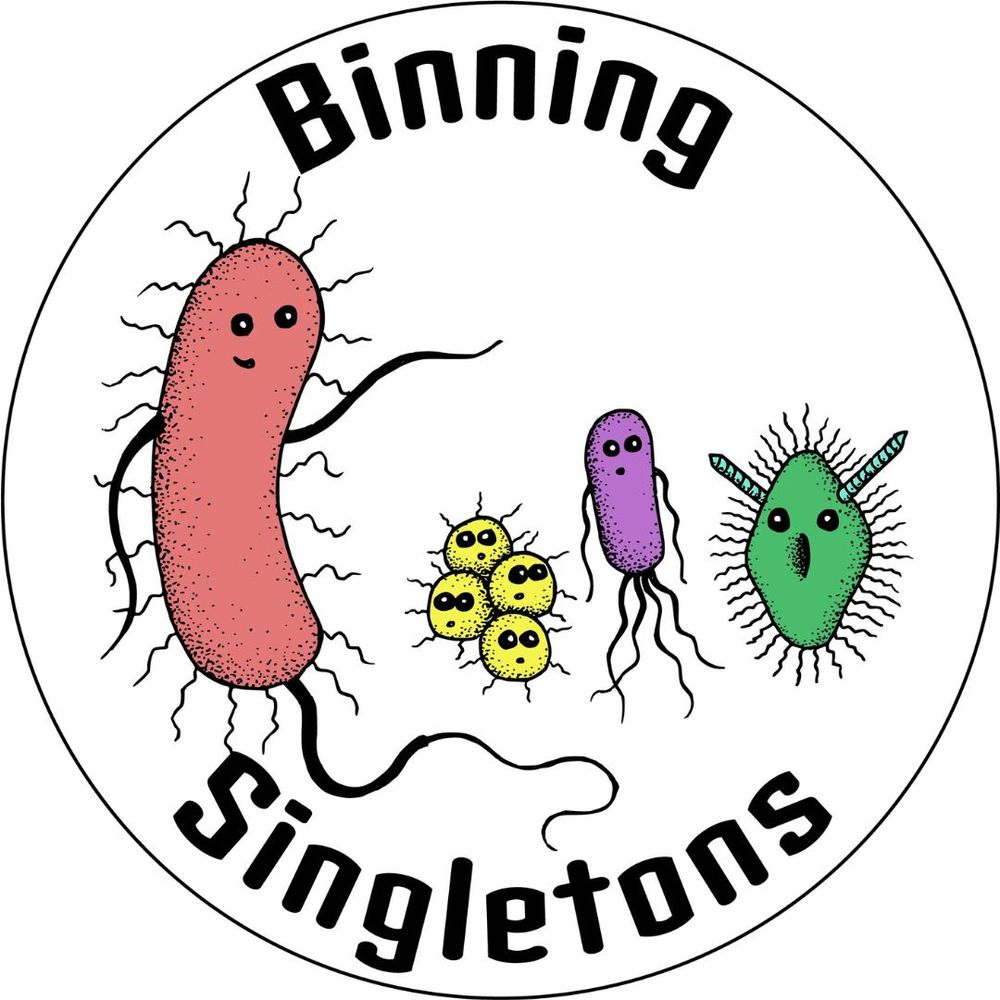
blog.addgene.org/binning-sing...



